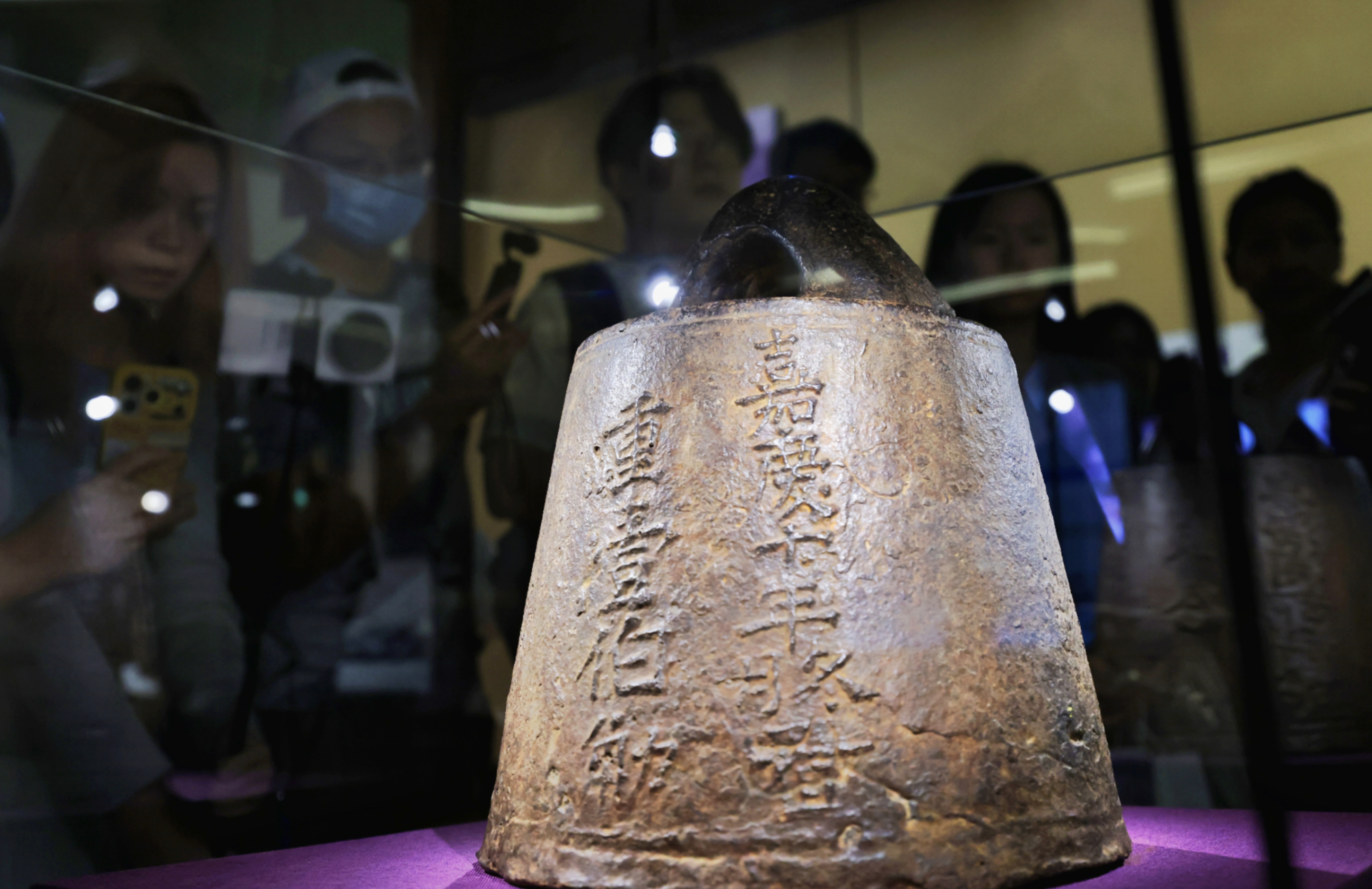
An exhibition showcasing more than 200 historic relics tracing Guangzhou’s foreign trade history opened at the Guangdong Museum on Wednesday, coinciding with the opening day of the 138th Canton Fair.
Shared Prosperity – A Millennium of Guangdong’s Foreign Trade, which runs until Oct 15, 2026, presents selected pieces from the collections from Guangdong Museum, the Palace Museum, Hubei Museum and other museums or galleries.
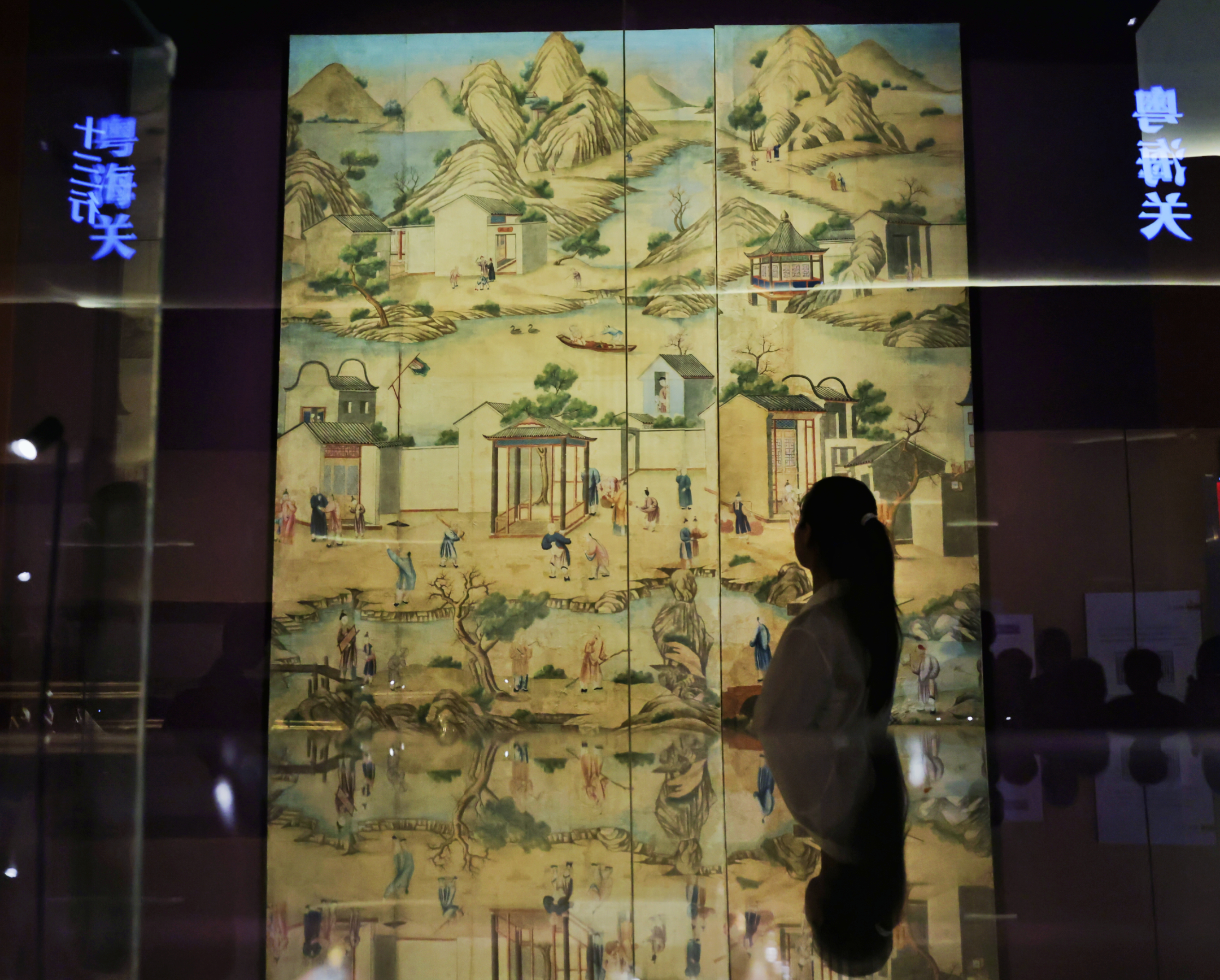
Admission to the exhibition is free. Booking can be made through the WeChat public account of the Guangdong Museum. Please note: the booking interface is in Chinese.
Twenty-two of the displays are Grade One national treasures. These are some of the must-see exhibits:
Tang Dynasty Ivory Statue (唐牙雕人像)
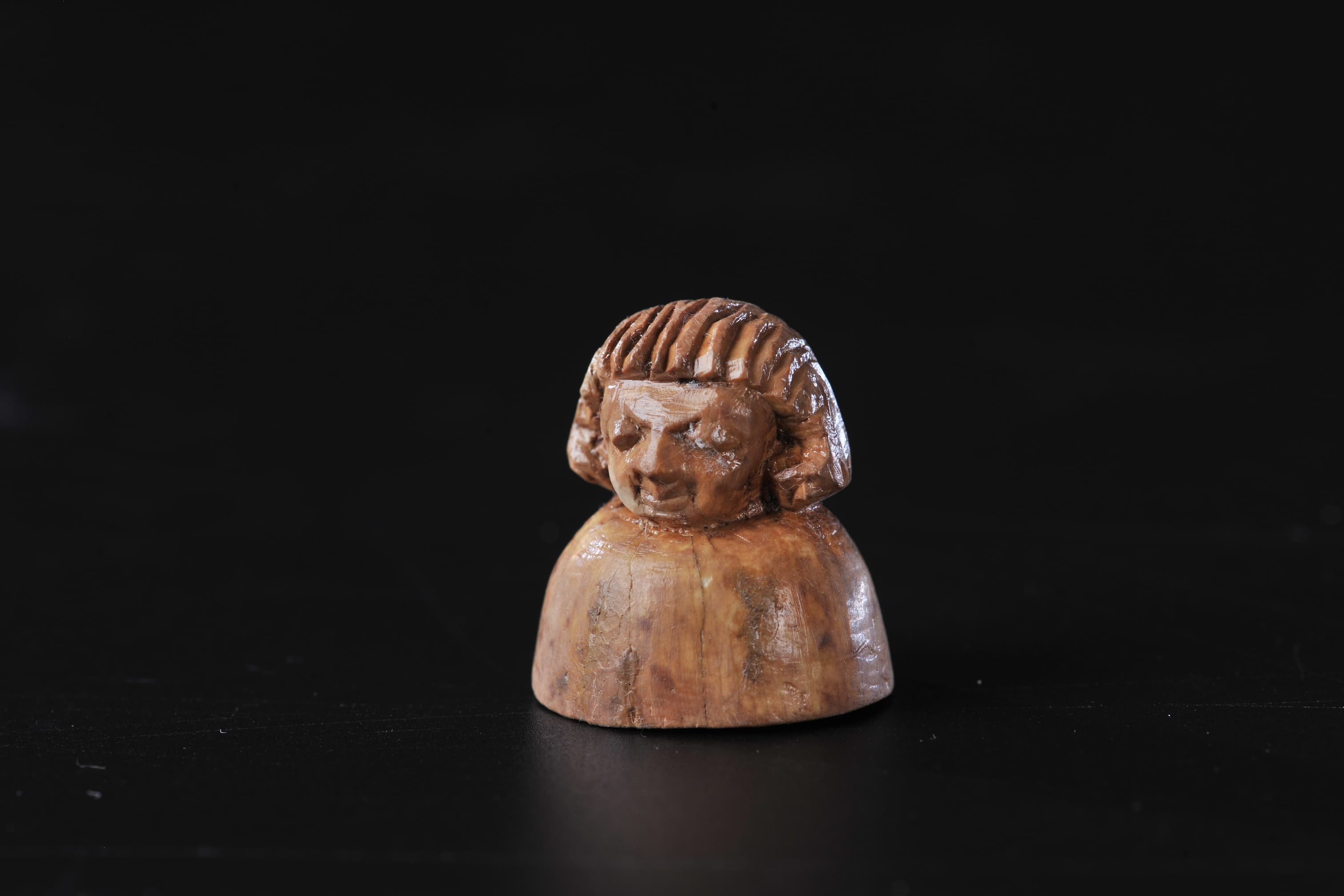
This 2.85-cm half-length statue features a high nose, deep-set eyes, and curly hair, displaying distinct Arabian facial characteristics. Its oval base – differing from traditional Chinese seals' square or rectangular forms – is believed to represent a common seal type from West Asia. Experts suggest it may have been a blank for a personal seal intended for an Arabian merchant.
It was discovered in the Tang dynasty layer of the Nanyue Kingdom Palace site in Guangzhou, the city serving as a major foreign trade hub during the Tang Dynasty (618-907) and hosting a designated "Foreign Quarter". This seal provides material evidence of Guangzhou’s vibrant commercial activities of foreign merchants in Tang era.
Ming Dynasty Gold Ingot (明金锭)
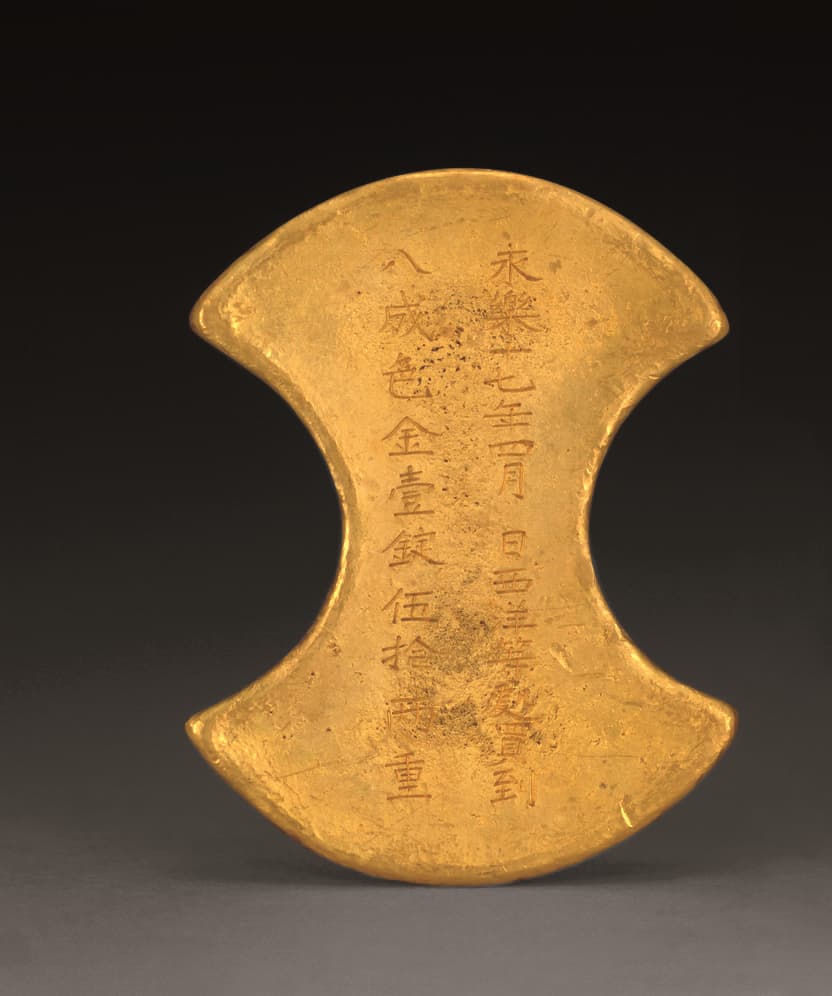
Unearthed in 2002 from the Ming Dynasty (1368-1644) tomb of Prince Liangzhuang in Zhongxiang, Hubei province, this gold ingot bears an inscription indicating it was minted from gold acquired by Zheng He’s fleet during their return voyage from Xiyang, the "Western Ocean" (generally referring to the seas west of the South China Sea, including the Indian Ocean and its coastal regions during the Ming Dynasty).
The ingot serves as a testament to the trade activities and maritime reach of the Ming Dynasty, particularly under the Yongle Emperor’s ambitious treasure voyages.
Qing Dynasty Qianlong Mark and Period Painted Enamel Lobed Flower Basket with Peony Design (French Made) (清乾隆款画珐琅牡丹纹海棠式花篮)
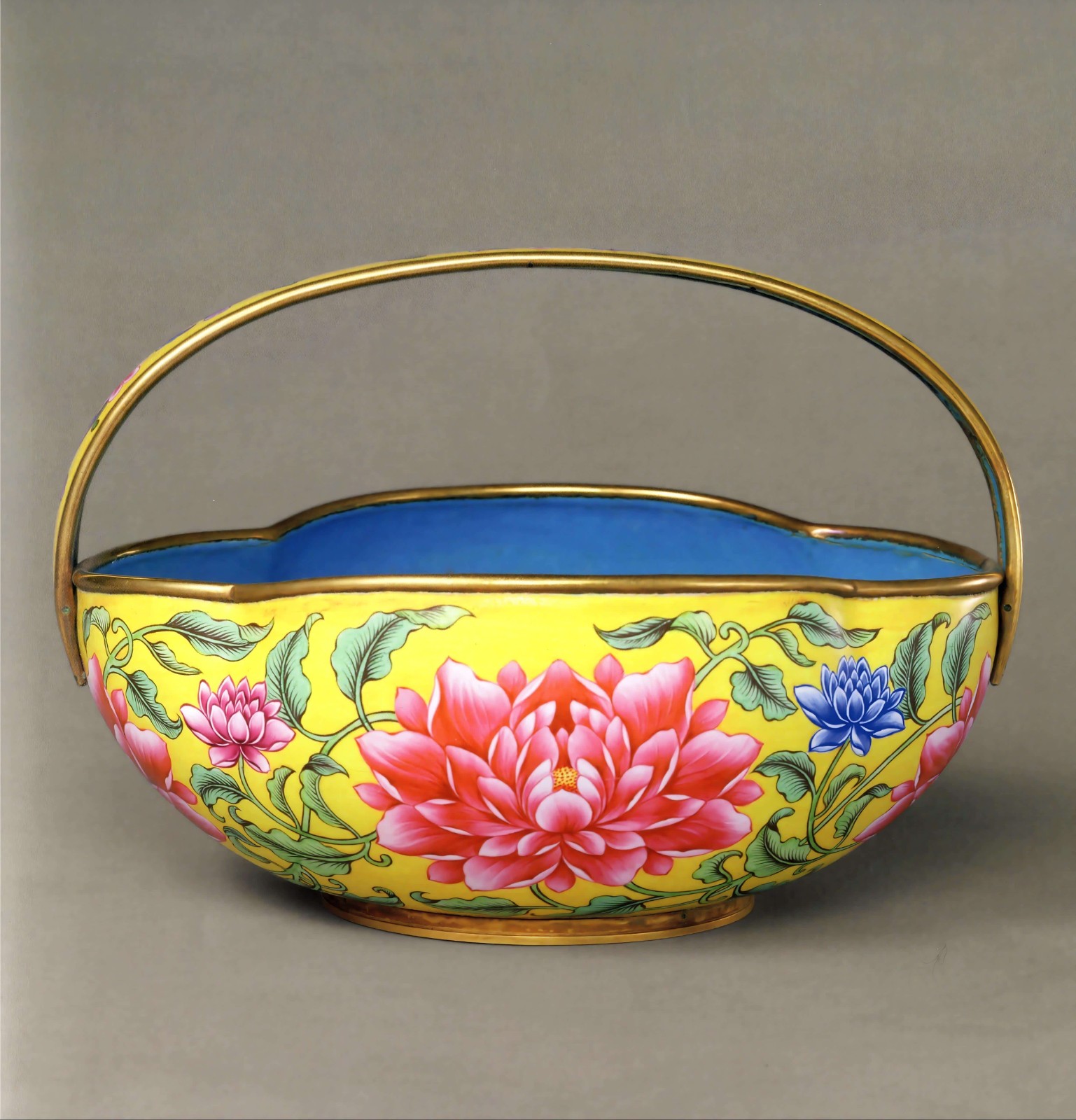
In 1775 (the 40th year of the Qianlong reign), Emperor Qianlong ordered 10 painted enamel wares from the Kangxi and Yongzheng reigns sent to Guangzhou. He commanded Guangdong customs officials to create replicas. The officials had drawings made of the originals and sent them to France, in addition to local enamel makers, for reproduction. This flower basket is one of the pieces produced in France.
Qing Dynasty Qianlong Mark and Period Painted Enamel Octagonal Pot with Loop Handle and Landscape/Bird-and-Flower Panels (清乾隆款画珐琅八棱开光山水花鸟图提梁壶)
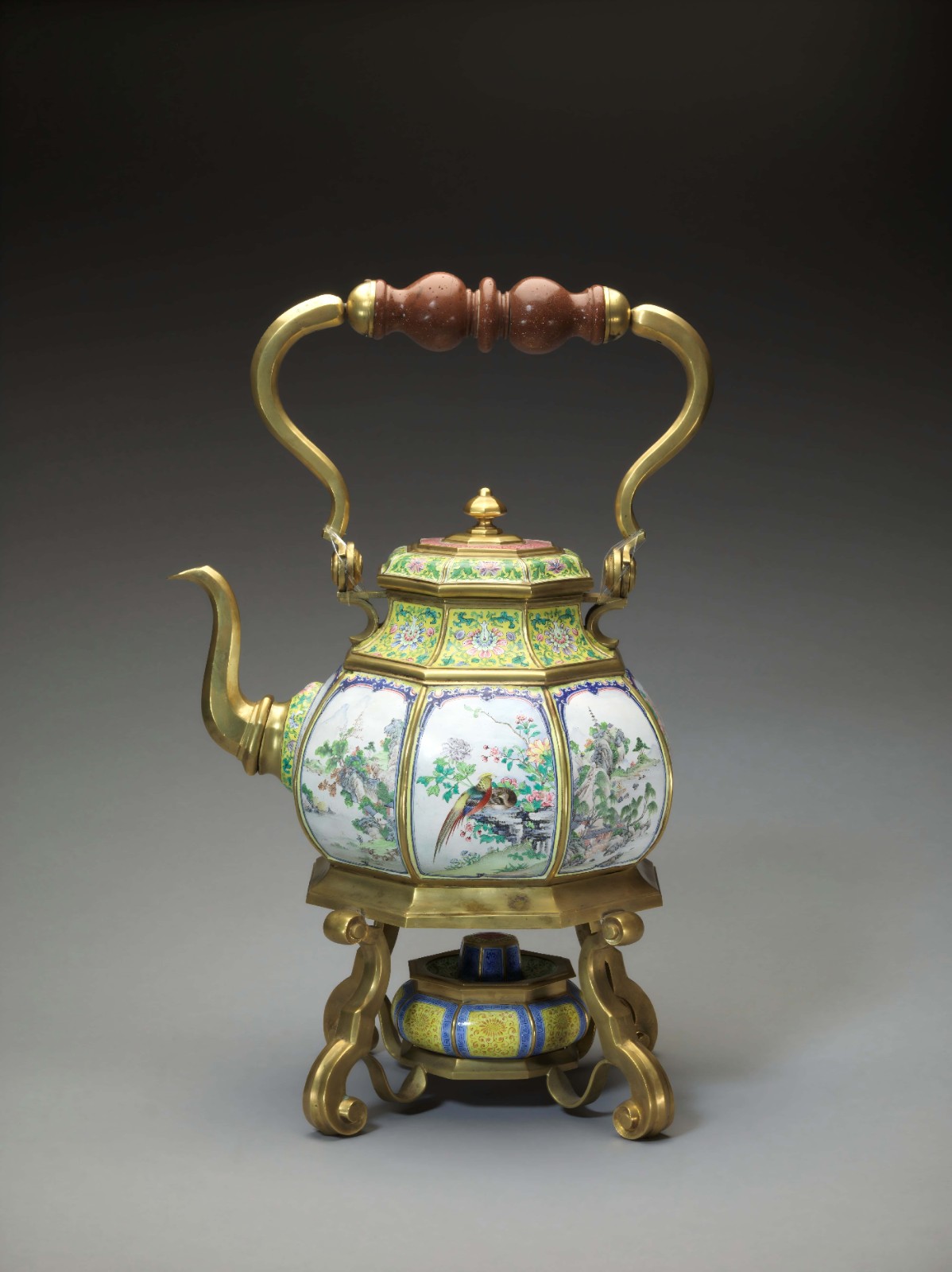
Meticulously crafted by the Enamel Workshop of the Qing Imperial Household Department, this piece's form, style, and structural design exhibit remarkable similarity to contemporaneous objects manufactured in Europe and products made in Guangdong for export. This high degree of resemblance indicates how global trade networks of the period produced a reverse influence, enriching high-end craftware design within China itself.
Ming Dynasty (Wanli Period) Cizao Kiln Brown-Glazed Stamped and Applied-Decoration Jar with Cover (明万历磁灶窑酱釉堆塑盖罐)
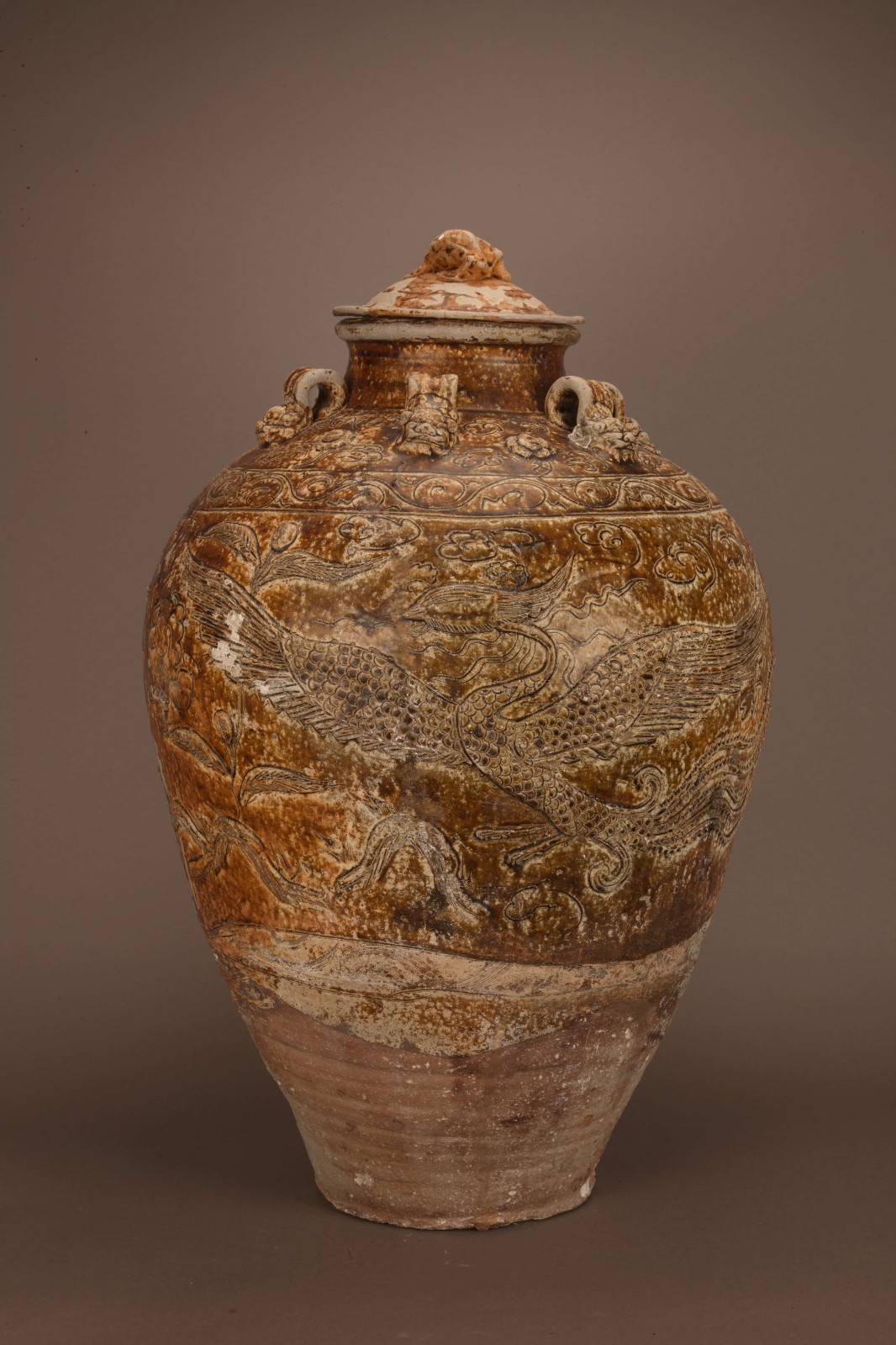
Crafted with exceptional refinement and elaborate decoration, this jar was discovered in the wreck of Nan'ao I, a Ming Dynasty Wanli period (1573-1620) ship discovered off Nan'ao Island in 2007. The excavation of Nan’ao I filled a gap in understanding Guangdong's maritime ceramic trade during the Ming period, providing key evidence for the UNESCO World Heritage nomination of the "Maritime Silk Road."
Yuan Dynasty Blue-and-White Yuhuchun Vase with Figure Scene (元青花人物图玉壶春瓶)
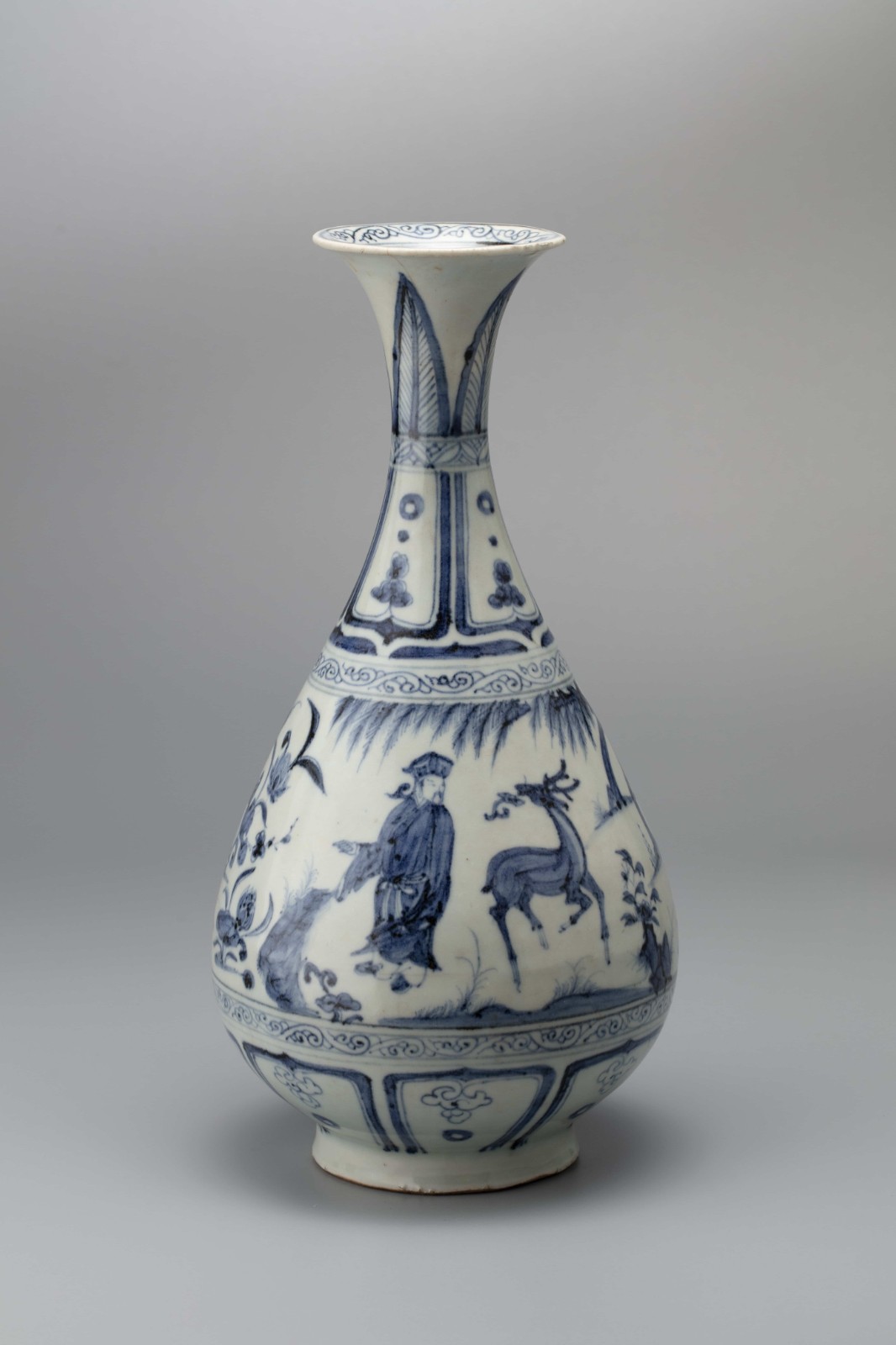
This Yuhuchun vase has a thin body, translucent in some areas when held to light. Its fine, lustrous, slightly bluish-white glaze is complemented by vibrant blue-and-white decoration divided into seven horizontal bands. The main central panel depicts the narrative scene "Visiting a Friend with a Zither", rendered with vivid expressions against a background of flowers, willow trees, and rocks. The disciplined yet lively composition resembles a finely executed Yuan dynasty ink figure painting, evocative of the style of contemporary painter Zhang Wo.
The Yuhuchun vase shape has been frequently recovered from overseas Yuan and Ming dynasty shipwrecks, including Longquan celadon examples from the Sinan wreck in Korea and the Fengshan vase – one of the earliest recorded Chinese porcelains to reach Europe. Rich in motifs and clearly organized in registers, this piece is a striking example of cultural exchange between China and the West.
This article is translated by China Daily from the original report in Chinese as published on a WeChat public account of Guangzhou municipal government.


